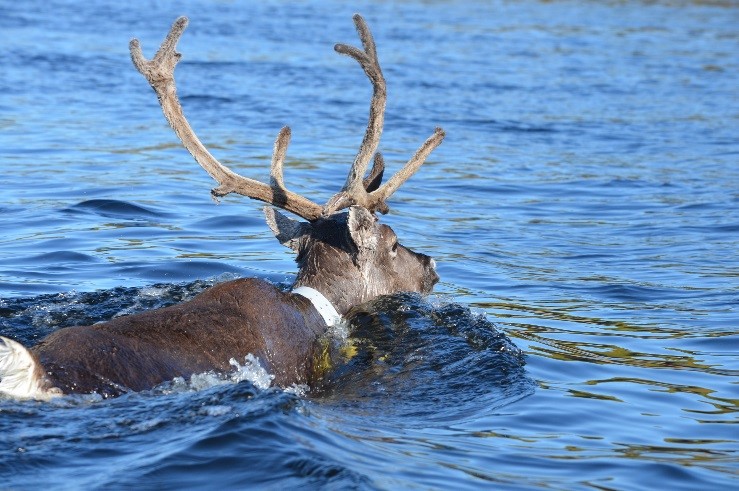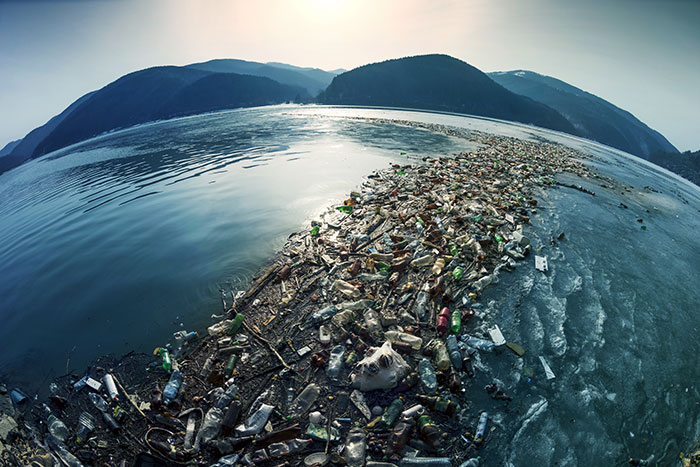Argos Solutions
Powered by CLS, Argos has a wide range of solutions readily available and can adapt to new emerging industries.
Discover our Solutions
Wildlife Monitoring
Smart Agriculture
Herd Management
Pollution
Oceanography, Meteorology, Hydrology & Glaciology
Research Projects & Scientifics Programs
CLS is part of numerous innovative projects using Argos services to develop new solutions and services. Discover some of them below.
Scientific Programs Protecting Wildlife
Scientists study animals all over the world using Argos satellite technology to learn more about them and understand their behavior.
Read more
Begin with Argos
CLS teams experts in environmental monitoring from space are at your disposal to connect any of your projects.


